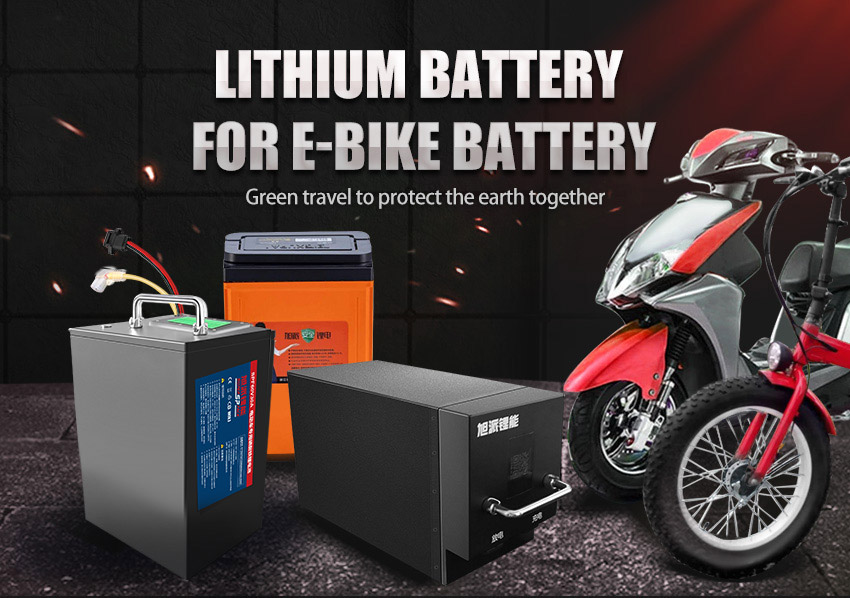When you own an electric motorcycle, maintaining the longevity of your battery is crucial to ensuring its optimal performance and extending its lifespan. Whether you are storing your motorbike during the winter months, going on a long vacation, or simply not using it for an extended period, proper storage of your battery is essential. Incorrect storage can result in reduced performance, shorter lifespan, or even permanent damage to your Lithium Ion Battery. In this article, we’ll explore the best practices for storing your electric motorcycle battery.
1. Charge Your Battery to the Right Level
One of the most critical steps in battery storage is ensuring it is neither overcharged nor completely drained. Storing a fully charged or fully discharged Lithium Ion battery can cause damage and shorten its lifespan. Ideally, your motorbike battery should be stored with about 50-70% charge. This helps maintain the chemical stability of the battery and ensures that it doesn’t lose too much capacity while in storage.
For 48v 20Ah electric bike battery users, this means charging your battery up to approximately 28.8V (60% charge). Similarly, for 45Ah E-Motorcycles battery users, storing it at around 60% charge helps ensure that it’s in the optimal state for long-term storage.
2. Store in a Cool, Dry Place
Temperature plays a huge role in the health of your battery. Extreme temperatures—whether too high or too low—can negatively affect the performance of your Lithium Ion battery. Ideally, store your battery in a location where the temperature is between 15-25°C (59-77°F). Avoid storing your battery in a hot garage, direct sunlight, or in freezing conditions, as these can cause the battery cells to degrade or result in reduced charge capacity.
For electric motorcycles and electric bike batteries, a consistent, moderate temperature is key to preserving battery health. Batteries exposed to high heat are more likely to experience swelling or leakage, while cold temperatures can reduce the battery’s ability to hold a charge when you start using it again.

3. Keep the Battery in a Dry Environment
Moisture is another enemy of electric motorcycle batteries. Storing your battery in a humid environment can lead to internal corrosion, which can severely damage the cells and decrease the battery’s overall performance. Make sure that the storage area is well-ventilated and dry. A dry, cool closet or storage space indoors works best, especially if you live in a region where humidity levels fluctuate.
Always check the battery compartment and the connectors for any signs of moisture before storage. If you suspect any moisture has entered, use a clean, dry cloth to wipe the battery and ensure it's fully dry before storing it.
4. Disconnect the Battery from the Motorcycle
If you plan to store your electric motorcycle for a long period, it’s best to remove the Lithium Ion battery entirely from the motorbike. Disconnecting the battery prevents any drain from the motorbike’s system and ensures that the battery is completely isolated. This will also protect the battery from any possible electrical malfunctions or issues that might arise from leaving it connected.
Remove the battery with caution, ensuring you don’t damage the connectors or wiring. Store the battery safely in a place where it won’t get bumped, dropped, or exposed to external forces.
5. Avoid Storing the Battery with Other Devices or Batteries
When storing your motorbike battery, it’s essential to keep it away from other electronics, devices, or other batteries, especially those that are not of the same type or voltage. Lithium Ion batteries are sensitive and require specific handling to avoid accidental short circuits, which can cause irreparable damage.
If you have multiple batteries—such as for other devices or another vehicle—keep them separated to ensure no contact occurs. Additionally, store each battery individually in a container or a battery storage bag to protect its connections.
6. Check Battery Health Periodically
Even though you may not be using your electric bike battery or E-Motorcycles battery regularly, it’s still important to check the battery’s health every couple of months. Periodically check the charge level and make sure it is still within the optimal range (around 50-70%). If necessary, top up the battery to maintain its charge level.
This practice ensures that the battery doesn’t fully discharge, which could cause permanent capacity loss. If the battery voltage has dropped significantly, it may require a full recharge before you can safely use it again.
7. Transporting the Battery for Storage
If you need to transport your Lithium Ion battery to a storage location, ensure that the battery is secured in an upright position and that it is shielded from impacts or extreme conditions during the journey. Use insulated bags or boxes to help regulate the temperature and prevent sudden shocks to the battery.
It’s also a good idea to check local regulations regarding the transportation of electric bike batteries or E-Motorcycles batteries, as certain rules might apply, especially if you are traveling long distances or by air.
8. Use Battery Management Systems (BMS) for Added Protection
Modern motorbike batteries like the 48v 20Ah electric bike battery and 45Ah E-Motorcycles battery often come equipped with a Battery Management System (BMS). This system monitors the battery’s voltage, temperature, and charge/discharge cycles to prevent overcharging, deep discharging, and overheating. When storing your battery, ensure that the BMS is functioning properly, as it helps protect the battery during extended periods of inactivity.
Proper storage of your Lithium Ion motorbike battery is essential for ensuring long-term performance and durability. By following these simple steps—charging to the optimal level, storing in a cool, dry place, and disconnecting from the motorcycle—you can maintain the health of your electric bike battery, allowing you to get back on the road without worry when you’re ready to ride again.